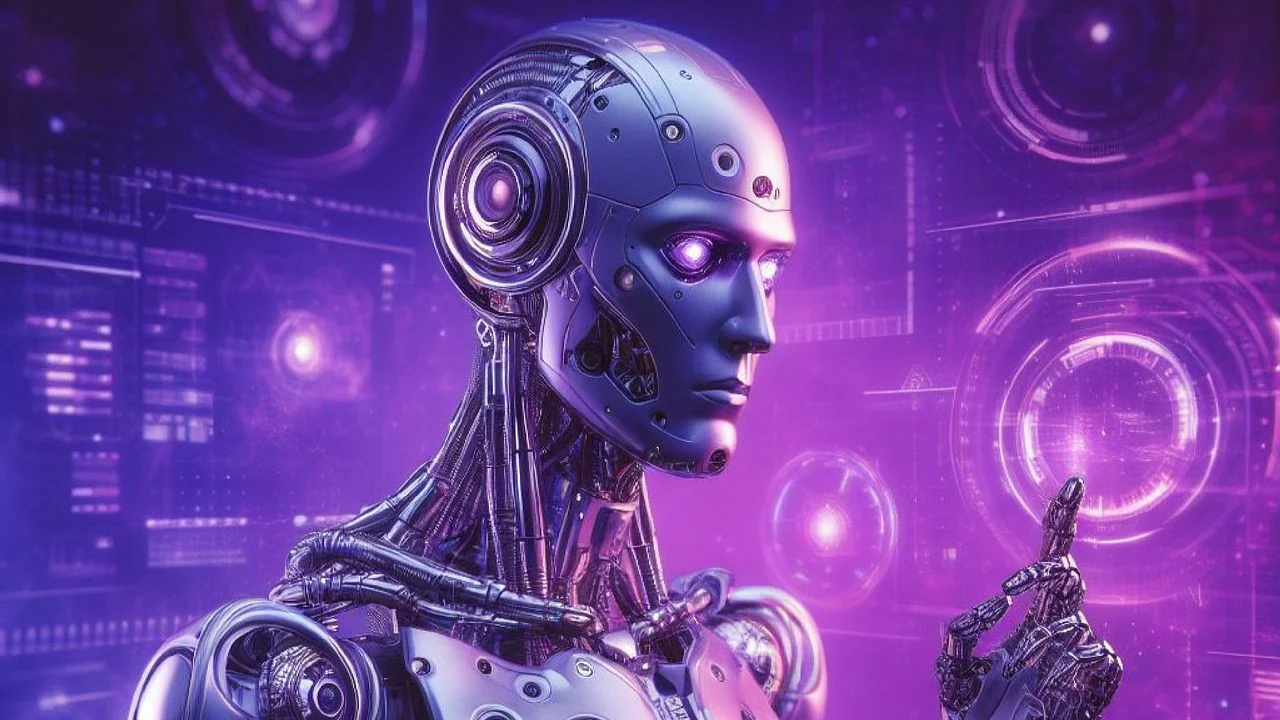Discover how AI chatbots can transform your customer service with faster response times, 24/7 support, and personalized interactions. Implementing AI chatbots has never been easier with our comprehensive guide.

In today’s fast-paced business environment, exceptional customer service is no longer just a competitive advantage but a necessity. Customers demand quick, efficient, and personalized interactions, and businesses are continually seeking innovative ways to meet these expectations. Enter AI chatbots – the game-changer in the realm of customer service. These intelligent virtual assistants are revolutionizing how businesses interact with customers, offering benefits such as improved response times, 24/7 availability, and highly personalized interactions.
AI chatbots are sophisticated applications that have been developed to mimic human-like conversations with the help of artificial intelligence. While most traditional chatbots are based on predefined scripts, AI chatbots resort to advanced technologies like NLP and machine learning to interpret and reply to solutions posed by users in a more human-like manner.
These AI chatbots operate through NLP capabilities, which give them the power to process language and derive meaning from it above the literal level: context, sentiment, and intent. Such chatbots learn from human interactions through machine learning algorithms to improve responses. This ability to learn from interactions differentiates them from their rule-based cousins in their adaptability and intelligence.
There are primarily two types of AI chatbots:
Before implementing AI chatbots, it’s crucial to understand the common challenges your customer service team faces. High call volumes, repetitive queries, and long response times are typical pain points that can significantly impact customer satisfaction.
Customer service teams often struggle with:
AI chatbots can alleviate these issues by automating routine tasks, providing instant responses, and freeing up human agents to handle more complex inquiries. This not only enhances efficiency but also improves the overall customer experience.
To successfully implement AI chatbots, it’s essential to set clear objectives. What do you hope to achieve? Whether it’s reducing customer wait time, increasing satisfaction levels, or improving operational efficiency, having specific goals will guide your implementation strategy.
Here are some examples of measurable objectives for AI chatbot implementation:
Choosing the right AI chatbot platform is critical. Consider factors such as scalability, integration capabilities, customization options, and analytics features. The right platform should align with your business needs and be capable of growing with your company.
Some popular AI chatbot platforms include:
Effective conversational flows are crucial for creating engaging and user-friendly interactions. A well-designed flow ensures that the chatbot can understand customer needs and provide relevant responses.
To design effective conversational flows, it’s essential to understand your customers’ needs and pain points. This understanding will help you tailor the chatbot’s responses to be more helpful and engaging.
Training your AI chatbot involves feeding it with a variety of data so it can learn to understand and respond accurately to customer queries. This data includes transcripts of past customer interactions, frequently asked questions, and other relevant information.
Providing sufficient training data is just the beginning. Continuously monitor the chatbot’s performance and update its training data to improve its accuracy and effectiveness. Regularly review interactions to identify areas for improvement.
Machine learning algorithms play a vital role in enhancing the chatbot’s capabilities. These algorithms enable the chatbot to learn from past interactions and become more accurate and efficient over time.
Before deploying your AI chatbot, it’s crucial to test it thoroughly. Testing ensures that the chatbot can handle real-world interactions effectively and provides a smooth customer experience.
Testing is an ongoing process. Use the feedback and data gathered during testing to refine and improve the chatbot continuously. This iterative approach ensures that the chatbot evolves and adapts to meet changing customer needs.
Implementing AI chatbots can significantly enhance your customer service by improving response times, providing 24/7 support, and delivering personalized interactions. By understanding AI chatbots, identifying customer service pain points, setting clear objectives, choosing the right platform, designing effective conversational flows, training the chatbot, and continuously testing and iterating, you can ensure a successful implementation that meets your business goals and exceeds customer expectations.
Subscribe and get 3 of our most templates and see the difference they make in your productivity.
Includes: Task Manager, Goal Tracker & AI Prompt Starter Pack
We respect your privacy. No spam, unsubscribe anytime.